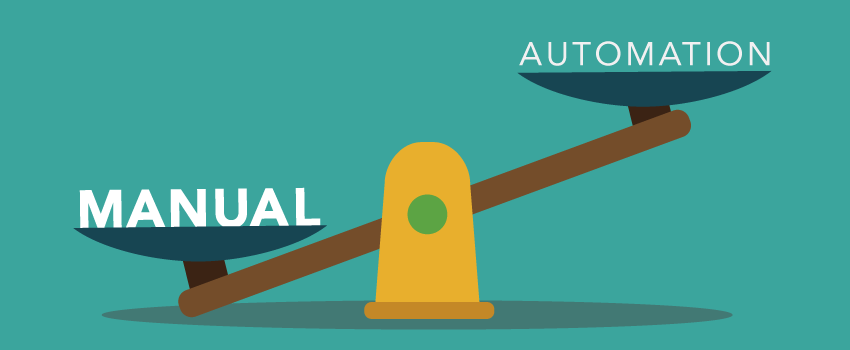
Pandemic-Driven Automation Adoption Will Forever Change These 3 Sectors
For quite a while now, experts have predicted that a wave of automation would remake labour markets.
For businesses, it would be the beginning of a new age of efficiency. For workers, it would be a job apocalypse.
But no matter how you viewed it, the automation wave wasn’t expected to crest until sometime around 2030. Then, the Covid-19 pandemic threw decades of business technology planning into a sudden tailspin.
Automation efforts went from drawing boards to rushed deployments. Businesses had to do whatever it took to keep operating amid restrictions on in-office operations. And that has changed the automation timetable significantly.
Now, many experts expect that some of the emergency automation initiatives will morph into permanent solutions.
And that’s translating into shorter notice for workers before they get displaced. But it’s not an unpredictable situation. Here’s a look at the three sectors that will experience the largest automation-driven post-COVID labour disruption.
Information Technology and Infrastructure
One of the first sectors to experience labor disruption from automation is the very industry that spawned the technology: the information technology industry. In particular, lower-level IT support staff will be replaced by AI-enabled chatbots and other self-service solutions.
This was a process that was already underway before the pandemic, but that kicked into overdrive because of it. This was partially due to a surge in demand as legions of workers tried to get set up to work from home on non-company hardware.
But the automation technology worked so well, that it’s now going to bring IT support hiring to a standstill soon. Don’t shed any tears for the IT sector, though, because the pandemic also created a boom in demand for cybersecurity experts – not to mention all of the automation experts businesses called on when the going got rough.
Foodservice and Restaurants
Pretty much everywhere you look, the restaurant business is one of the most visible victims of the fallout from the pandemic. But not every restaurant and foodservice establishment took the restrictions lying down.
Some leaned into existing automation efforts and expect to emerge from the crisis in fine form. And foodservice automation firms report that the pandemic created a new surge in demand for their products.
But that means the long-feared job losses in the foodservice sector may be starting much sooner than anyone thought. And that’s a very big deal. Jobs in the industry represented a full 60% of layoffs at the beginning of the pandemic.
And with automation rising, there’s a good chance many of those jobs will never return. It’s still too early to tell how big the impact’s going to be (because the pandemic’s still ongoing), but for workers in the foodservice sector, the next few years won’t be pretty.
Healthcare Services
The third sector that’s going to experience lasting automation disruption post-pandemic is the healthcare services sector. Much like IT, the healthcare sector saw an unprecedented surge in demand for services that meant it was all-hands-on-deck time for healthcare workers.
That caused a big push for automating back-office tasks like recordkeeping and billing to free up as many workers as possible to handle the surge. But that’s not all. Automated AI-driven systems also went into emergency use triaging patients at several well-known hospitals.
And in others, deep learning neural networks went to work spotting COVID-19 symptoms in chest X-rays. With major healthcare providers operating in the red due to the pandemic, they’ll likely look to extend and expand on their automation efforts in the next few years.
And the success of the emergency automation they already witnessed means they’ll embrace it with gusto.
A Reconfigured Labor Landscape
In truth, it’s much harder to find a sector that won’t be forever changed by automation than those that already have been. But none will see more immediate and dramatic effects than the three covered here.
They’re on the front lines of automation adoption in ways that guarantee labour disruptions in their wake. They won’t be alone though. Plenty of other industries have used the pandemic as a motivation to accelerate their automation plans.
And as they see the benefits of the technology in the above sectors, they’ll be even more emboldened to move quickly. In other words, the pandemic could leave a reconfigured labour landscape as yet another lasting reminder of the upheaval it caused. And its effects are just beginning.
